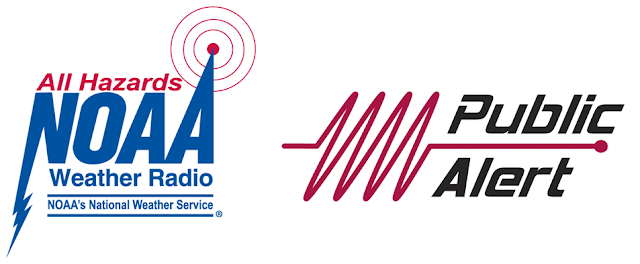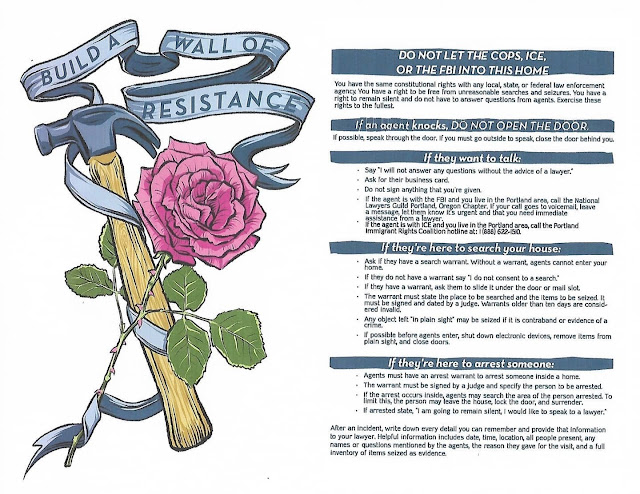NOAA Weather Radio (NWR)
Having current, accurate, weather information is important for medics supporting encampments or working in remote and wilderness areas.
NOAA Weather Radio (NWR) (https://www.weather.gov/nwr/) is a nationwide network of radio stations broadcasting continuous weather information directly from the nearest National Weather Service office. NWR broadcasts official Weather Service warnings, watches, forecasts and other hazard information 24 hours a day, 7 days a week.
NWR includes more than 1000 transmitters, covering all 50 states, adjacent coastal waters, Puerto Rico, the U.S. Virgin Islands, and the U.S. Pacific Territories. Broadcasts are found in the VHF public service band at these seven frequencies (MHz):
162.400 MHz
162.425 MHz
162.450 MHz
162.475 MHz
162.500 MHz
162.525 MHz
162.550 MHz
Many radios come with these NWR frequencies pre-programmed. If you have a radio that allows you to program additional frequencies, you can add these frequencies to allow you to receive local weather information, regardless of where you are in the United States. In remote areas there may be no NWR coverage. These stations are broadcasting in the VHF band, using FM modulation, and are thus line of sight stations (similar to your local commercial FM station). However, in most areas you should be able to receive the NWR broadcasts..
Weather Band Radio vs. Weather Alert Radio
While all weather radios use the NOAA Weather Radio Network, not all radios instantly warn you of potential danger. Weather band radios require being powered on and tuned into a local weather station to receive alerts. A weather alert radio automatically and instantly alerts you whether the device is on or not. When an alert is broadcasted, a weather alert radio will automatically override all other radio functions temporarily switch to the NOAA channel and broadcast warnings, alerts, and post-event information.
Weatheradio Canada (French: Radiométéo Canada) is a Canadian weather radio network owned and operated by Environment and Climate Change Canada's Meteorological Service of Canada division. The network transmits in both official languages (English and French) from 230 sites across Canada.
In most locations, the service broadcasts on one of seven specially-allocated VHF radio frequencies, audible only on dedicated "weather band" receivers or any VHF radio capable of receiving 10 kHz bandwidth FM signals centered on these assigned channels, which are located within the larger "public service band". The radio frequencies used by Weatheradio Canada are the same as those used by its American counterpart, NOAA Weather Radio, and receivers designed for use in one country are compatible for use in the other. (https://www.canada.ca/en/environment-climate-change/services/weatheradio/find-your-network.html)
For anyone interested in additional radio communications capabilities, the Signals Handbook by the Cascadia Radio Reconnaissance Group (https://www.amazon.com/dp/B0BD3VYMRF) is an excellent reference focusing on the Pacific Northwest.




Comments
Post a Comment